Living in a fast paced life makes it difficult to focus on what you eat. This is especially true for readymade or restaurant foods where you have no control over what goes into making the food. Whether it is choosing whole grain bread or eating that healthy steamed dhokla you need to realise that there are hidden sugars in such foods that are still killing your health.
But despite your best efforts, sugar might still be crashing your healthy party. The truth is, many “healthy” foods are sugar wolves in sheep’s clothing.
Here are 10 hidden sugars that may be sneaking into your diet under the radar:
1. Sauces and Dips
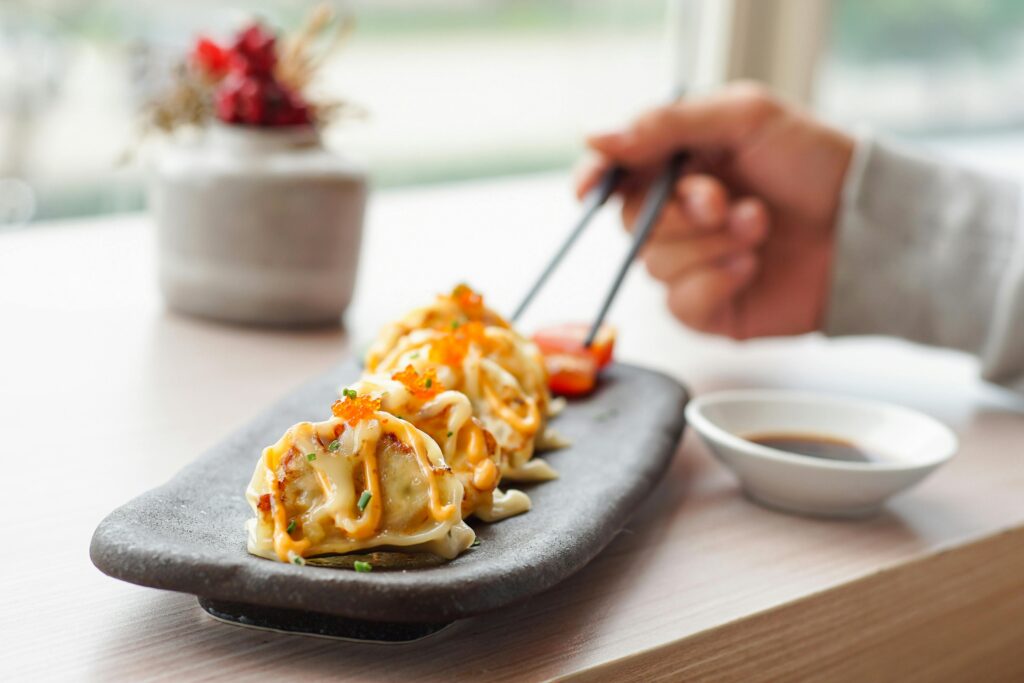
Say you chose to eat subway sandwich that boasts being healthy, but you end up adding barbeque sauce or sweet onion sauce or you air-fryed potato chips and can’t do without dipping it in tomato ketchup that’s beckoning you from those small quantity seemingly non-harmful sachets lying around in your house. Little do you know that barbeque sauce contains 33% sugar, 22% sugar in tomato ketchup and 54% in sweet onion sauce. Sometimes you get pink or orange mayo that is nothing but tomato ketchup mixed with white mayonnaise. That also seems harmless but has hidden sugars.
2. Granola and Protein Bars
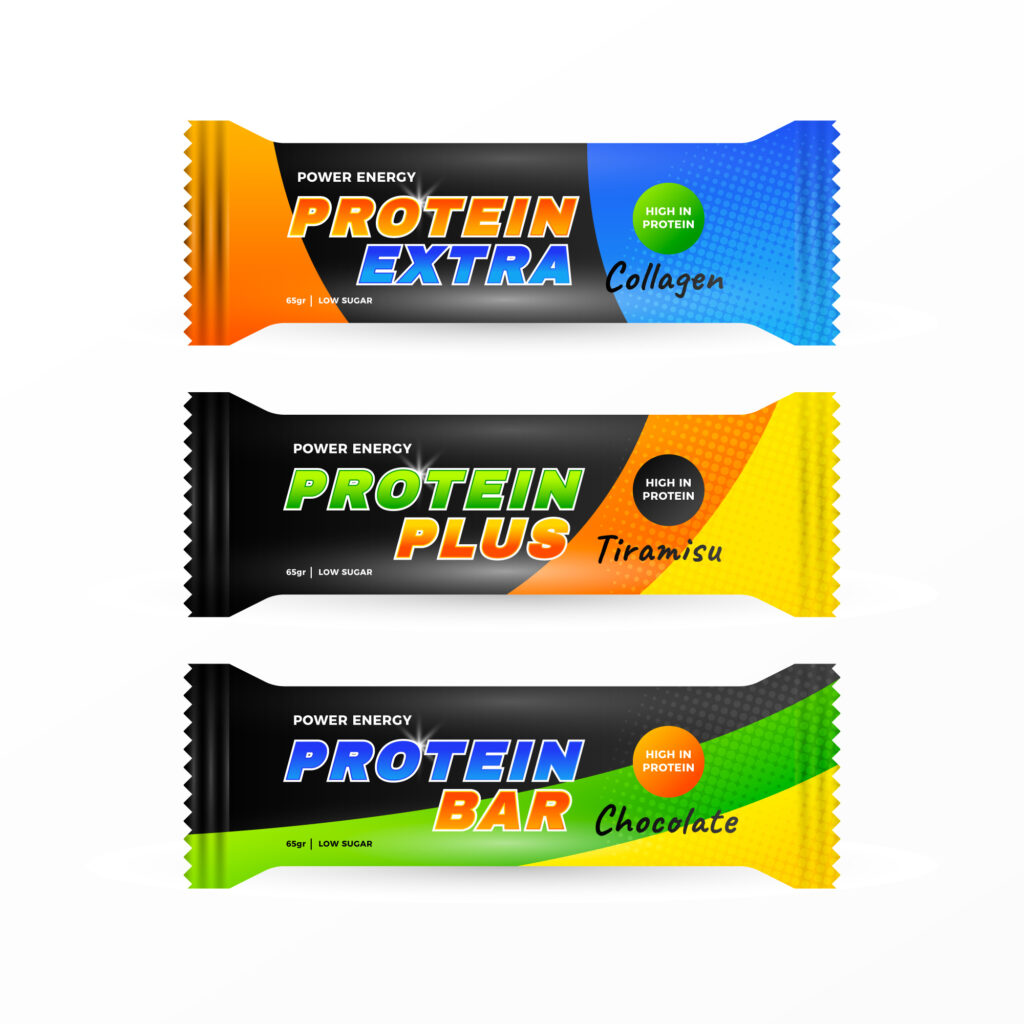
Granola sounds healthy—it’s oats and nuts, right? But most store-bought versions are loaded with added sugars from honey, molasses, brown sugar, or syrups. Opt for unsweetened versions or better yet, make your own. Protein bars marketed as energy boosters or post-gym fuel, many of these bars are just glorified candy. Look for bars with less than 6 grams of sugar and with natural ingredients you can pronounce.
3. Packed Fruit Juice
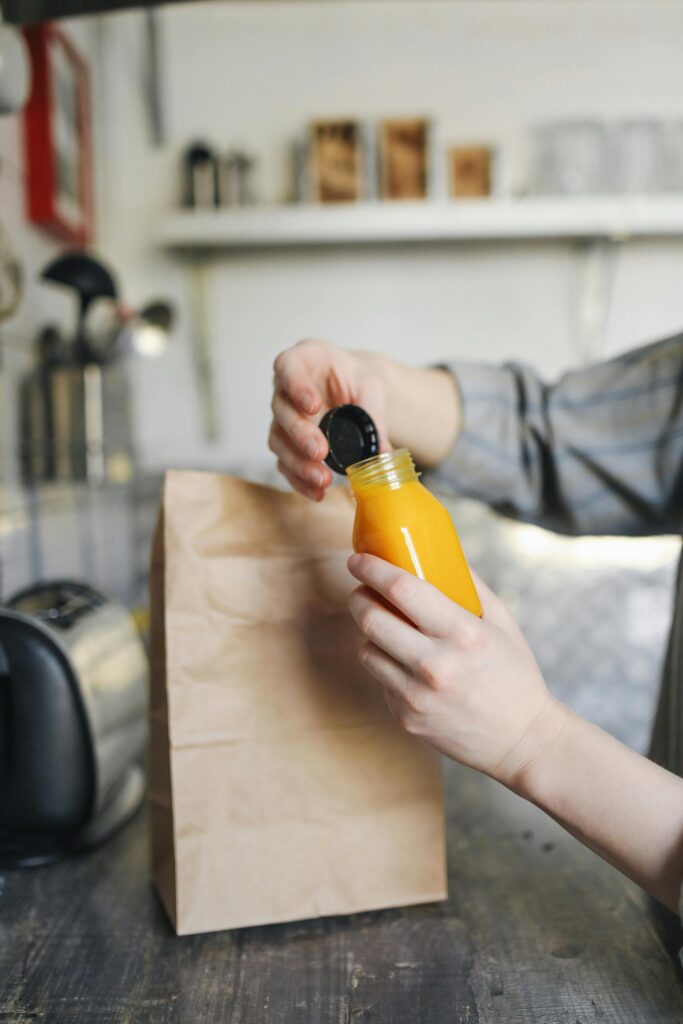
Did you know that fruit juice should be consumed as soon as you hit that mixer button? The more the time you leave it, the less nutritional it gets. However, who has the time to peel the fruits and make the juice, they would just pick up cartons or bottles that say real fruit juice from the supermarket and store it in the fridge.
Try taking a peek at how much sugar each of these claimed ‘real fruit’ juices contain. Even those versions that say 100% fruit juice have little sugar in them. Just imagine if 100% real fruit juice like orange tastes bitter would you buy it again? Do you think the juice manufacturers pick the sweetest orange to make economically priced fruit juice cartons? No. They do end up adding sugar or substitutes of sugar.
4. Peanut Butter
Peanut butter ads talk about the amount of protein you will intake by consuming their product but they fail to let you know the amount of sugar that also goes in. Check the label and choose ones with just nuts and salt—nothing else.
5. Wheat Bread
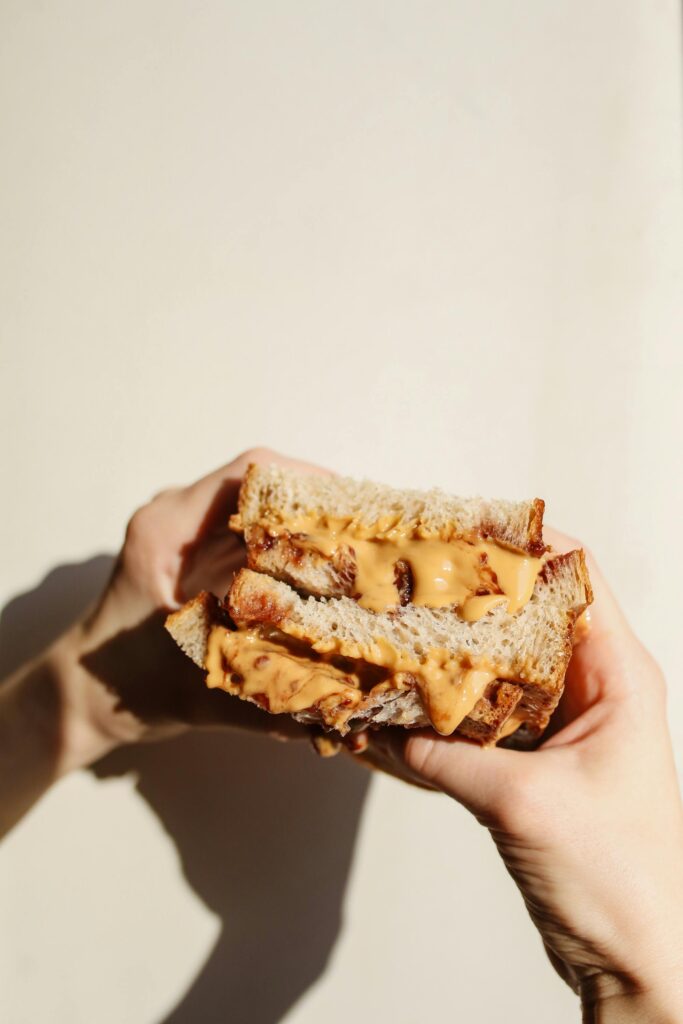
Another gimmick is the brown looking bread that is only a few rupees costlier than the white breads. On the label they call it wheat bread, but sometimes it is only white bread with added caramel for color. Breads contain hidden sugars and if you add brown caramel for a color that is nothing but burnt sugar, imagine how much sugar goes into your ‘wheat bread’. Always read the label and make sure the flour is ‘whole wheat flour’ and not just ‘wheat flour’.
6. Lassi (Sweet Yoghurt)
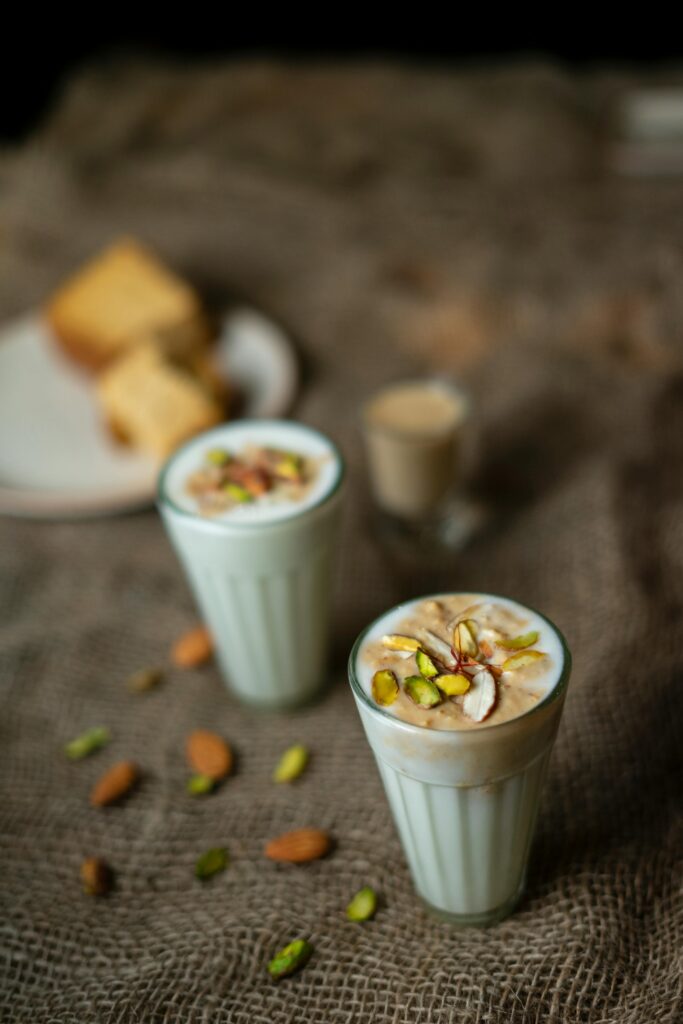
It is the most favorite drink of Indians in summers and it is also a good source of your probiotics. Most Indians have access to this popular drink in many shops, so they won’t even buy a packaged version of it. However, since you buy directly from someone who makes it fresh for you, you have no idea how much sugar goes into it. Since curd/yoghurt can be sour, to cut that taste sugar needs to be added in greater quantities as compared to lets say a milkshake. Hence, lassi ends up having sugar that is more than needed for the human body, so do not make it a habit to drink it often, drink it occasionally, say once a month.
7. Chutneys and Pickles
The Gujurati Chunda pickle or chundo as it is called sometimes, contains a lot of sugar. Again it is made with grated shreds of raw mango and to cut the bitterness of the raw mango a lot of sugar goes into it. Similarly some sweet and sour pickles also end up containing a lot of processed white sugar and you really never figure out how much quantity is present because it is mixed along with other spicy masalas, making its presence not that prominent.
8. Dhokla
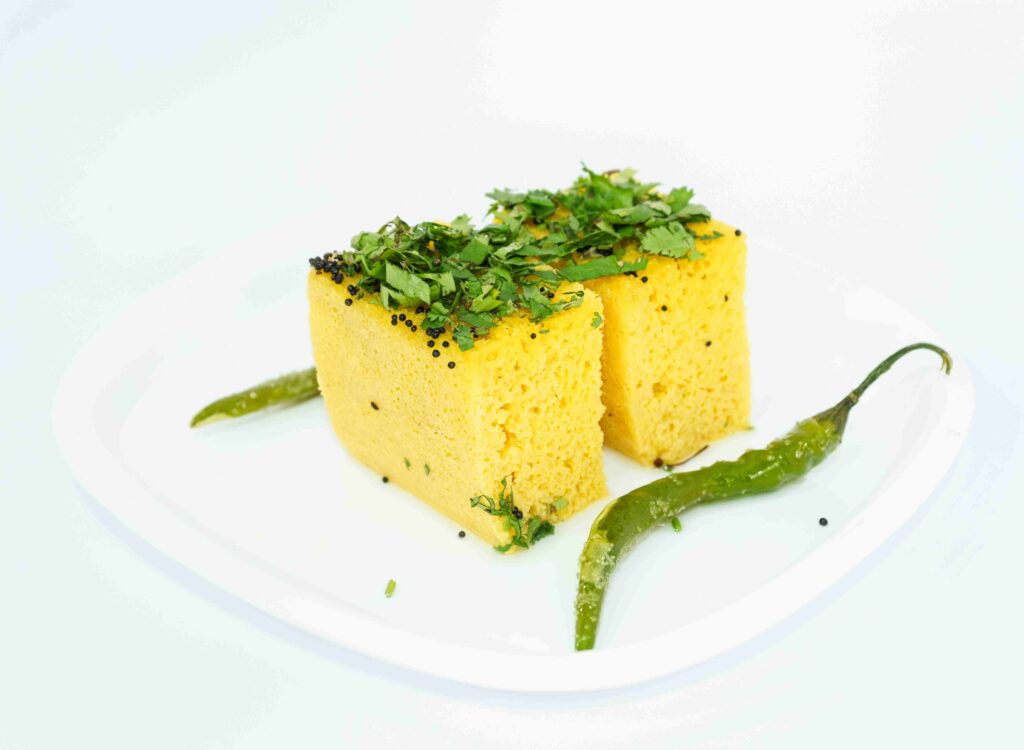
We all like steamed foods simply because they are not fried and contain less oil. However, in the process of checking the oil content, we forget that some of these foods end up containing a lot of sugar too. One such Indian snack is the innocent looking dhokla. It has a mild sweet taste, but to achieve that mild sweetness a lot of sugar goes into the dhokla.
It is a gluten free snack hence some harm is cut-down with low carbs in the main ingredient, however, watch out for the frequency and quantity of dhokla you consume.
9. Namkeens (Sweet and Savoury)
Indians have a habit of buying namkeens which are nothing but sweet and salty savory snacks off the market shelf. It is a mixture of a lot of fried or roasted goodies but the enhanced taste comes from the immense amount of sugar and salt added to it. Again, since it contains masala and salt, the taste of sugar is not prominent, however, its presence in one packet is definitely noteworthy.
10. Aamras (Mango Pulp)
Next to lassi this is yet another popular summer favorite for most Indians. It is a juicy, smooth, bright yellow looking mango pulp that is eaten along with chapathi or pooris or as a standalone dessert. Try making aamras from the juiciest sweet mangoes at home. After beating it into a smooth paste it will lack the sweetness that you get from store-bought aamras. They contain an unknown quantity of sugars added to them that gives them the smooth texture and just the right amount of sweetness.
So, make sure you do not consume it in large quantities unless you have not made it yourself.
The key to cutting back on hidden sugar is reading ingredient lists and knowing sugar’s many aliases—like evaporated cane juice, brown rice syrup, fructose, agave nectar, and maltose. Also, if you have not bought the product in packages and are buying it fresh from local vendors, make sure you realise the quantity that you intake.
Remember: sugar in disguise is still sugar
